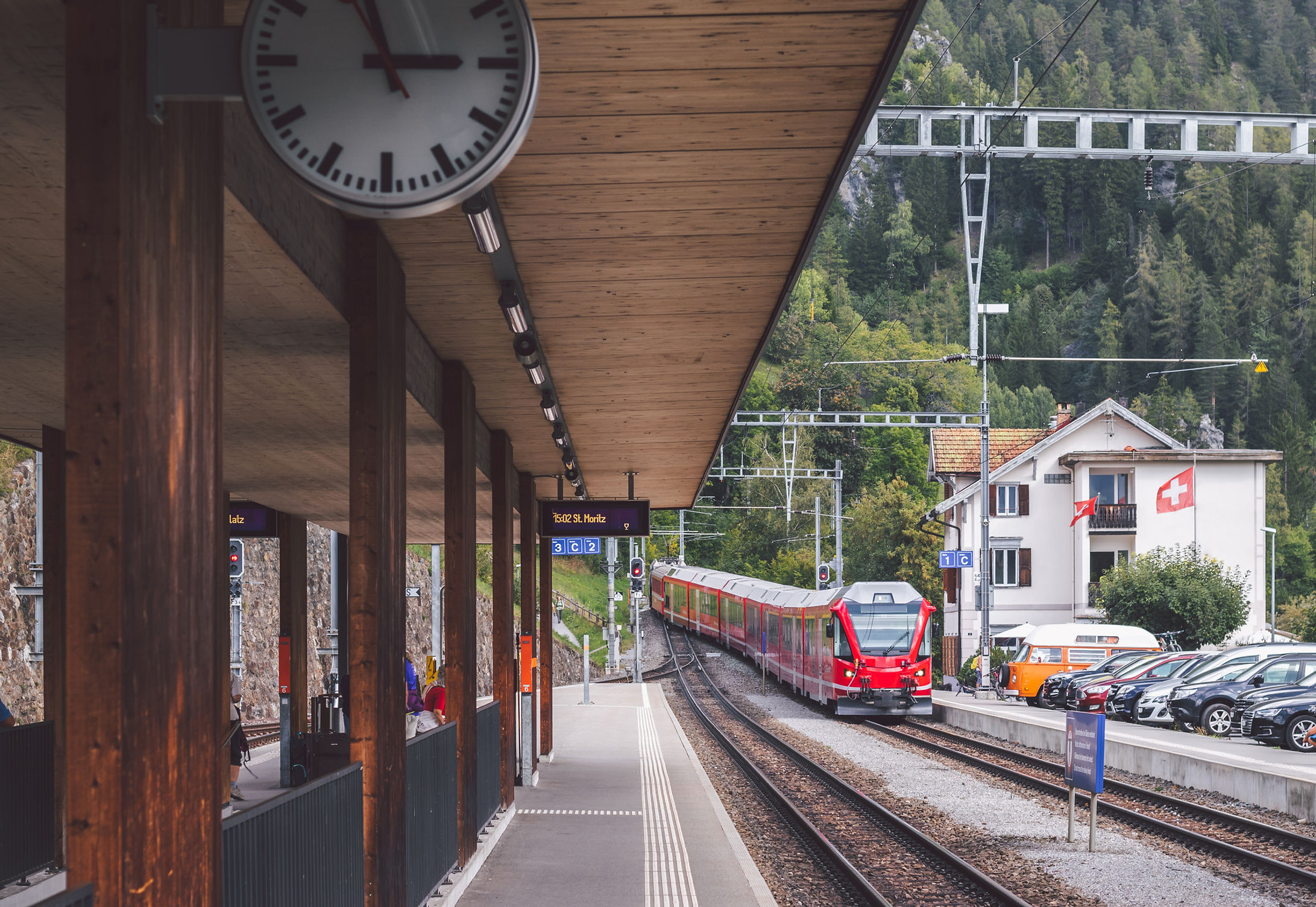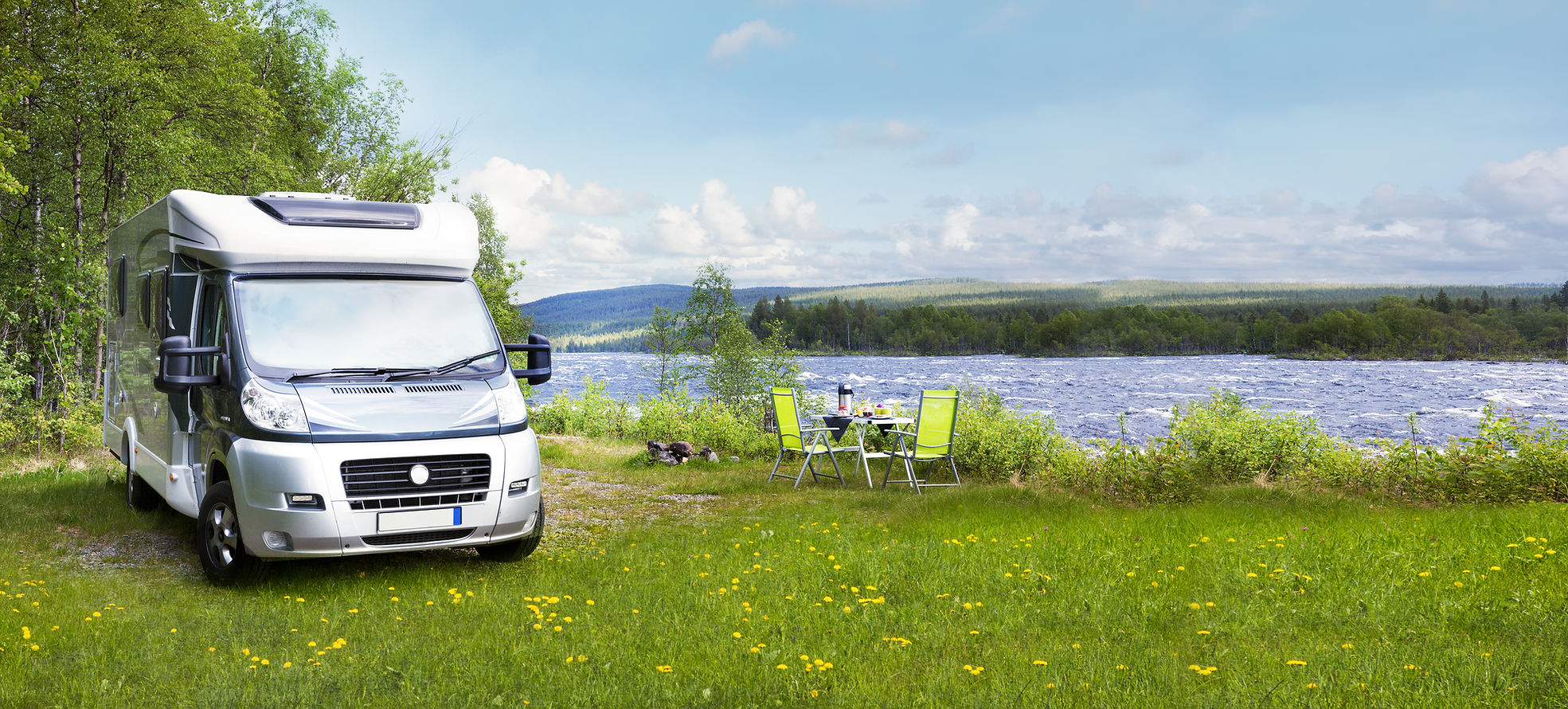
Travel Resources
Planning a trip is a journey in itself—from the moment you decide to go until you finally hit the road. Along the way, we rely on a variety of resources to research, organize, and book our travels.
Here’s a curated list of key websites, apps, and tools we use during our adventures—ones we think you might find useful too!

Accomodations
So far, about 60% of our bookings have been through Airbnb, as we find it incredibly user-friendly and efficient for searching accommodations. The platform makes it easy to apply detailed filters—such as number of rooms, total price, Wi-Fi availability, AC/heating, kitchen access, and more—helping us find exactly what we need. Airbnb makes it easier then hotel to find multi-room apartments—essential when you're together as a family 24/7.
Additionally, Airbnb’s booking tracker provides a clear overview of all our reservations, making it simple to manage upcoming stays and keep everything organized.
We’ve used Booking.com for about 15% of our online bookings, primarily for short trips (less than 3 days) or when searching specifically for hotels. One of its perks is the Genius loyalty program—since we’ve reached Level 2, we now get additional discounts and benefits.
When booking hotels, we often compare prices and options with Agoda to ensure we are getting the best deal. We noticed that in some countries, we get better deals via booking, and others via Agoda.
We've used Agoda for about 5% of our reservations so far, primarily for short trips (1-2 days). It often provides great deals, especially for last-minute stays or smaller hotel bookings.
While in Japan, we booked several stays through Agoda, which earned us Platinum status—this has proven valuable, as it frequently offers hotel rates up to 20% lower than Booking.com, along with extra perks like breakfast included at no additional cost.
We've used Vrbo only once so far, mainly because we found a significantly lower price in Vienna compared to other platforms, which made it worth testing. However, we noticed that Vrbo has fewer accommodation options overall, making it less versatile for broader searches.
One key difference is the cancellation policy—Vrbo's no-cancellation period typically ends 3-4 weeks before the reservation, whereas most other platforms allow cancellations just a few days before the stay. This makes it a bit less flexible for last-minute changes.
We primarily use Google Maps to cross-check hotel prices after looking through Booking.com or Agoda. By searching for the same hotel on Google Maps with identical dates, we can quickly see a range of prices across different booking platforms, which helps us validate our choices and ensure we are getting the best deal.
It’s a simple but effective way to double-check rates and sometimes even spot better offers.

Flights
We use Google Flights for about 90% of our flight searches because it’s incredibly quick, intuitive, and efficient. One of its best features is the ability to see flight prices across multiple days. We were able to save money (and spend it elsewhere) by adjusting our departure to catch the best deals.
We often mark specific flights to monitor their prices over time, ensuring we book at the most cost-effective moment. Google Flights also aggregates flight options and clearly displays the cost across different booking sites, helping us compare deals effortlessly.
We primarily use Skyscanner as a cross-checking tool to verify the accuracy of flight prices we see on Google Flights—which is about 95% accurate based on our experience.
Same, we primarily use Momondo as a cross-checking tool to verify the accuracy of flight prices we see on Google Flights—which is about 95% accurate based on our experience.
We use this site to check direct flight connections for each airport, which helps us plan our trips more efficiently. By seeing all available direct routes, we can avoid unnecessary layovers, making travel smoother and more convenient.
It’s also a great tool for finding cheaper flights since non-stop options often cost less than multi-leg itineraries. This insight helps us refine our bookings and optimize both time and budget!

Travel in Europe
We primarily use Omio to get a quick overview of possible transportation options between two european cities and to see which companies provide which service—whether it’s rail, bus, or other transit options.
Once we find the route, schedule, and type of transport that fits our needs, we typically go directly to the provider’s website (e.g., FlixBus) to book, as we often find cheaper prices directly with the vendors compared to Omio.
Omio is ourgo-to tool for comparing routes efficiently, but we always double-check prices on the operator’s site before booking!
Similar to Omio, but another way to cross-check transportation prices and options.
This is the website where we’ve booked most of our bus trips across Europe. It’s affordable and easy to use, making it a reliable choice for finding transportation.
We usually start with Omio to explore possible routes and providers, and then we end up here to book, as it often offers better prices.
For our trips from Prague to Vienna and Vienna to Budapest, we booked directly through the ÖBB rail website and found the fares significantly cheaper than Omio.
For Belgium, we plan to buy our train tickets directly from the SNCB website (on the same day), as it consistently offers the cheapest prices compared to other platforms. We found out the price doesn't fluctuate, hence no need to buy tickets in advance.
For Germany, we had to familiarize ourselves with the different ticket types, such as the Bayern-Ticket, Region-Ticket, and others. Once we understood how they worked, we found that booking directly through the DB website offered the best prices compared to third-party platforms.
Same for Italy, we will be bying our tickets directly from the Treniatalia website, which is cheaper than the same route on Omio.
Same for Spain, we will be bying our tickets directly from the Renfe website, which is cheaper than the same route on Omio.

Travel in Asia
It looks like Vexere will be the main platform for booking our transportation in Vietnam! Since we haven’t started using it yet, we will share more insights once we’ve tested it out.
Fun fact: We found out that you can't buy ticket directly from the vietnam rail website, as they only accept credit cards that have been issued in Vietnam.
It looks like 12Go (Laos section) will be our go-to for booking bus tickets in Laos! We haven’t started using it yet, so we’ll share more details once we have more experience with the platform.
We haven’t tried it yet, but this is where we found the cheapest train tickets in Laos. Once we book and experience the service, we’ll share more insights on how it compares to other options!
It looks like this platform offers the best price for our bus ticket from Kuala Lumpur (Malaysia) to Singapore! Since we haven’t tried it yet, we’ll share more details once we’ve had firsthand experience with it.

CamperVans
We booked our campervan for our Ireland trip through Budget Campervans. The price seemed reasonable, but since this is our first time renting a campervan, we are not quite sure what to expect.
We will share our thoughts on the experience after the rental—stay tuned!
We booked our campervan for our Provence trip (southern France) through Indie Campers, which will give us a chance to compare services with our previous rental experience.
From a pricing standpoint, both seem fairly similar, but we’ll need to do more research—especially for our Australia and New Zealand campervan trip, where options might vary.
We’ll share more insights once we’ve explored those options further!
After hours of research on campervan parking and overnight stays, we found this website and app that seems to be highly regarded by campervan experts (feel free to correct us if we are wrong! 😉).
The app is fantastic—it provides a wide selection of available sites along with detailed information to help with planning. We intend to test it in Ireland, and we’ll share how it goes after our experience! We did spent 20 CAD (ish...) to get the premium version and get full access.

eSims
After two full days of research, we explored all the available eSIM options to compare prices, coverage, and benefits. Based on what we’ve found so far, LinkeSim seems to offer some of the best deals in terms of price versus data allowance.
We plan to write a full blog post on the results of our research, but since we haven’t started using LinkeSim yet, we will share our thoughts on the service quality and reliability as we go!
Looking forward to seeing how it performs.
After some research, we found that Nomad offers the best service and pricing for eSIMs in Laos, so that’s our current plan for connectivity when we arrive.
Of course, if we come across a better option before the trip, we might reconsider, but for now, Nomad seems to be the top choice!
Airalo seems to be a solid choice for Thailand, especially since it offers service through dtac company which also includes a phone number, which will be useful for our month-long stay.
We also found that Airalo provides the best eSIM deal for Peru, making it a strong contender for reliable connectivity there as well.
I’ll share more insights as we test out the service.

Other Resources
Wonderlog offers the ability to have all reservations centralized in one place which make it so much easier to keep track of bookings (i.e., flights, hotels, rentals, activities, restaurants, etc.) and avoid last-minute surprises.
The email integration feature is very convenient—automatically pulling reservations and structuring them into our itinerary, which is a great time-saver.
It’s reassuring to have a quick way to cross-check everything and ensure there are no gaps in accommodations (not that it happen to us in Bali...). It is a solid choice for extensive travel.
This site has been fantastic for planning our global journey, providing a visually engaging way to map out our trip, which keeps us motivated as we organize everything.
We opted for a premium account (which enable travel line to follow road path, and offers other cool editing options)—and partly because we love when things look sharp (gotta have that clean aesthetic! 😆). The ability to have the route follow the roads makes the map look much more polished.
One of its greatest strengths is how easily we can share our itinerary with friends and family on a one-pager, which I (Benoit) appreciate as a consultant—keeping things clear and structured.
While there are photo storage features, for now, it’s most useful for seeing the big picture and sharing our initinary.
OMG! I (Benoit) wouldn’t last 24 hours without Excel—it’s practically my lifeblood. Those who know me understand that I have a master Google Sheet meticulously tracking every detail of our trip… and yes, it’s entirely automated.
I’ve built countless dashboards that I’m thrilled to see in action—even if watching them unfold also means witnessing our bank account shrink in real time. 😅
I won’t be sharing my sheet (sorry, financial voyeurs!), since it contains plenty of private trip details, but I can tell you this: it’s where I keep tabs on our budget, accommodations, daily expenses, travel logistics, insurance, eSIM plans, and more.
Basically, if it’s trip-related, it’s in my gloriously efficient spreadsheet

